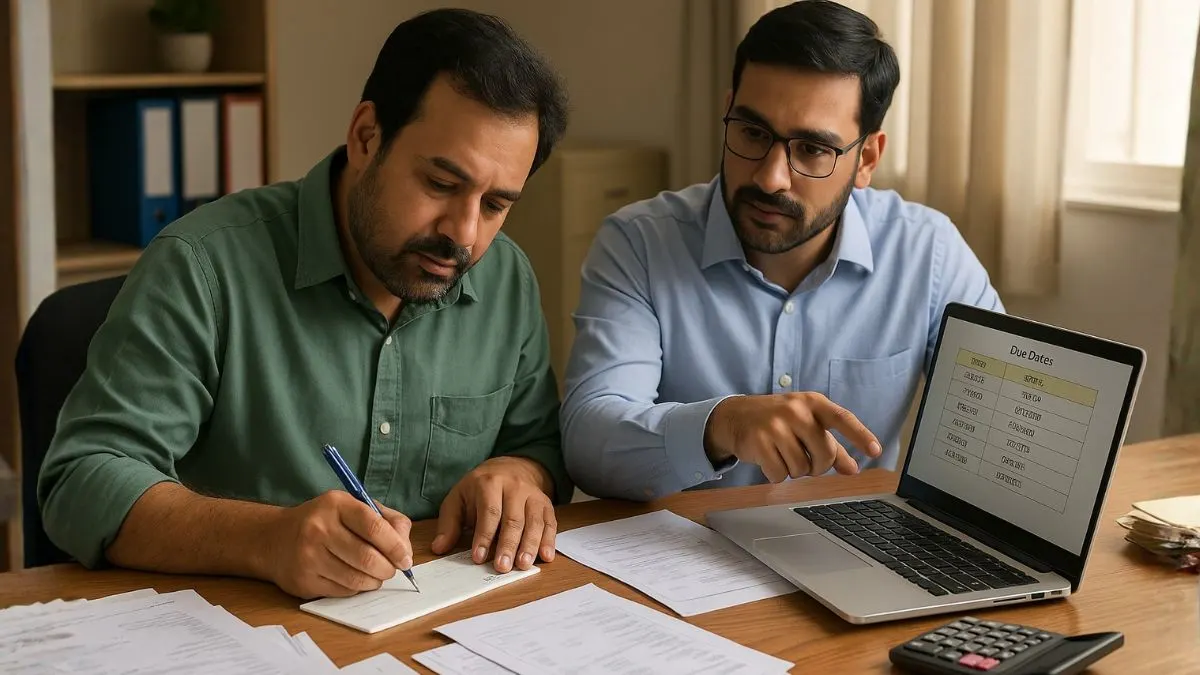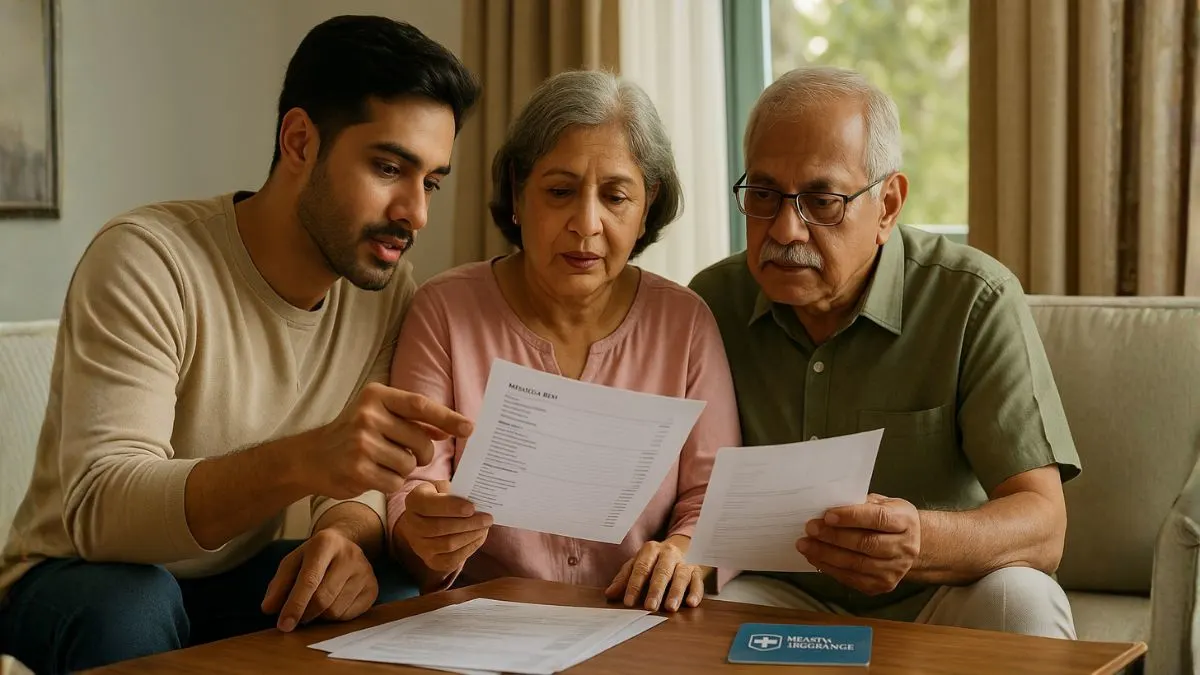
Saving is easy. Saving smartly is what makes the real difference.
Most people focus on growing their income but forget that saving tax is also a form of earning. One such hidden gem in the Indian Income Tax Act is Section 10(11A) — a clause that helps you earn interest completely tax-free.
If you’ve invested in the Sukanya Samriddhi Account or have an income outside India, this section directly impacts you. Let’s understand it in the simplest way possible — what it means, who it benefits, and how you can make the most of it.
What is Section 10(11A) of the Income Tax Act?
Section 10(11A) of the Income Tax Act, 1961, provides an exemption on the interest earned from certain long-term saving schemes.
It was introduced to encourage citizens to save for the future — especially for children’s education, retirement, and other life goals.
Under this section, the interest earned on the Sukanya Samriddhi Account is fully exempt from income tax.
In simple terms — whatever interest your Sukanya Samriddhi Yojana account earns, you don’t need to pay a single rupee of tax on it.
That’s rare because most savings instruments — like FDs or savings accounts — attract tax on interest. This one doesn’t.
Purpose Behind Section 10(11A)
The government created this section to reward disciplined saving and promote financial security, especially for women & families planning for their daughters’ future.
By giving complete exemption on the interest component, it makes the Sukanya Samriddhi Yojana (SSY) one of the most attractive small savings schemes in India.
Also, this section provides clarity for income tax exemption for anyone working outside India when such income is invested in approved schemes.
Essentially, Section 10(11A) bridges the gap between social welfare & financial planning.
Who Can Benefit Under Section 10(11A)?
There are two main groups of people who benefit from this section:
- Parents or Guardians Investing in Sukanya Samriddhi Yojana
If you’ve opened a Sukanya Samriddhi Account in your daughter’s name, you already qualify.
This section ensures that the interest and maturity amount are both completely tax-free.
So, whether you’re earning ₹5,000 or ₹50,000 in annual interest — it won’t be taxed under any income head.
- Individuals Earning Income Outside India
If you are an Indian working abroad (NRI or resident but earning outside India), Section 10(11A) provides income tax exemption for anyone working outside India, provided the savings are made under approved Indian government schemes.
This ensures that foreign-earned income invested in government-backed saving schemes doesn’t get taxed twice — once abroad & once in India.
Also Read: Tax-Free Benefits from Provident Funds and Sukanya Samriddhi Account
Understanding the Sukanya Samriddhi Yojana Connection
Let’s dig deeper into the Sukanya Samriddhi scheme since it’s the biggest part of Section 10(11A).
Launched under the Beti Bachao, Beti Padhao campaign, it’s designed to help parents save for their daughter’s future education and marriage expenses.
Here’s why it’s so special:
- You can open the account for a girl child under 10 years of age.
- Minimum deposit: ₹250 per year.
- Maximum deposit: ₹1.5 lakh per year.
- Interest rate: around 8.2% (as per recent updates), & it changes quarterly."
- Tenure: 21 years or until marriage after 18 years of age.
Now, what makes it unbeatable is the EEE status — Exempt-Exempt-Exempt.
✅ The amount you invest is tax-deductible under Section 80C.
✅ The interest earned is tax-free under Section 10(11A).
✅ The maturity amount is also completely tax-free.
That’s triple-layered tax freedom — something very few investments offer.
How Section 10(11A) Works in Real Life
Let’s say you invest ₹1.5 lakh every year in the Sukanya Samriddhi Yojana for your daughter.
Over 21 years, your investment could grow to around ₹63 lakh — depending on the interest rate.
Now imagine — you don’t have to pay tax on the interest earned, which could easily be ₹30–₹35 lakh of your total corpus.
That’s like saving several lakhs in taxes over two decades — legally and effortlessly — thanks to Section 10(11A).
Key Features of Section 10(11A)
|
Feature |
Explanation |
|
Applies to |
Interest earned on Sukanya Samriddhi Account & certain notified government schemes |
|
Tax Benefit |
Full exemption on interest income |
|
Beneficiaries |
Parents/guardians of girl child or individuals earning outside India |
|
Linked Scheme |
Sukanya Samriddhi Yojana |
|
Tax Category |
Exempt Income (Not to be included in total taxable income) |
Section 10(11A) vs Section 10(11)
While both sections look similar, there’s a subtle difference:
|
Particulars |
Section 10(11) |
Section 10(11A) |
|
Applicable Scheme |
Provident Fund, Public Provident Fund (PPF), etc. |
Sukanya Samriddhi Account & similar notified schemes |
|
Type of Exemption |
Interest and withdrawals |
Interest only (though SSY includes maturity exemption too) |
|
Beneficiaries |
General taxpayers |
Parents/guardians of girl children or NRIs with specific savings |
So, Section 10(11) covers the broader category of provident fund savings, while Section 10(11A) is more specialized, focusing on Sukanya Samriddhi Yojana & certain NRI-linked investments.
Also Read: Gift of tax relief on investment in NPS!
Why This Matters for NRIs
If you’re an Indian citizen earning abroad — say in the UAE, UK, or Canada — you might be eligible for income tax exemption for anyone working outside India under Section 10(11A).
However, this depends on whether the income earned abroad is invested in an Indian scheme notified under this section.
The government introduced this benefit to prevent double taxation — ensuring that Indians working overseas aren’t penalized for investing in India’s development-oriented schemes.
So, if you’re an NRI parent investing in your daughter’s Sukanya Samriddhi Account, both the interest earned and the maturity value will stay exempt from Indian income tax.
How to Claim Exemption Under Section 10(11A)
The process is simple. When filing your Income Tax Return (ITR):
- Report your total income in the regular section.
- Under “Exempt Income”, mention the interest earned under Section 10(11A).
- Ensure your Sukanya Samriddhi account details & passbook entries support your claim.
There’s no need for a separate certificate — your passbook or statement showing accrued interest is enough proof.
Common Mistakes Taxpayers Make
Even though this exemption is straightforward, many people lose out because of small errors:
- Not reporting the exempt income:
Even if it’s tax-free, you must declare it under “Exempt Income” for transparency." - Investing beyond limits:
Depositing more than ₹1.5 lakh in a year doesn’t earn interest — so it’s not exempt. - NRI confusion:
NRIs can continue their existing Sukanya accounts but can’t open new ones. Yet, the existing interest remains tax-free. - Not linking PAN/Aadhaar:
Always ensure the account is properly linked to avoid claim rejection during e-verification.
Practical Example
Let’s take a simple case:
Pooja, a resident of Delhi, opened a Sukanya Samriddhi Account for her daughter Meera in 2015. She invests ₹1.5 lakh annually.
By 2036, her account balance reaches ₹63 lakh, with roughly ₹33 lakh earned as interest.
Because interest earned on the Sukanya Samriddhi Account is fully exempt from income tax, Pooja doesn’t pay any tax — not now, not on withdrawal, not ever.
She’s essentially turned a tax-free investment into her daughter’s education fund — protected under Section 10(11A).
Also Read: Tax-Exempt Allowances for Employees
Benefits Beyond Tax Savings
Apart from saving tax, this section provides emotional peace & social value:
- It supports financial independence for girls.
- Encourages long-term, stable savings habits.
- Offers guaranteed, government-backed returns.
- Provides complete protection from market volatility.
So even beyond the tax exemption, Section 10(11A) stands as a symbol of secure, goal-based saving.
Final Thoughts
When we talk about tax-saving, most people run behind ELSS, mutual funds, or FDs. But sometimes, the best benefits come quietly — through less flashy, long-term government schemes like Sukanya Samriddhi.
Section 10(11A) of the Income Tax Act ensures that the interest earned on the Sukanya Samriddhi Account is fully exempt from income tax, making it one of the smartest & most stable tax-saving tools available in India.
And for anyone working outside India, it also opens doors to income tax exemption on eligible investments — ensuring that your efforts abroad also translate into savings back home.
If you’re serious about saving for your child’s future or building a tax-free safety net, this section deserves your attention.
Planning your daughter’s future or working abroad and unsure about your tax-free savings options?
Our experts at Callmyca.com can help you maximize your benefits under Section 10(11A) — ensuring your investments stay 100% compliant and tax-free. 💡
Because your money deserves to grow peacefully — without worrying about taxes.









